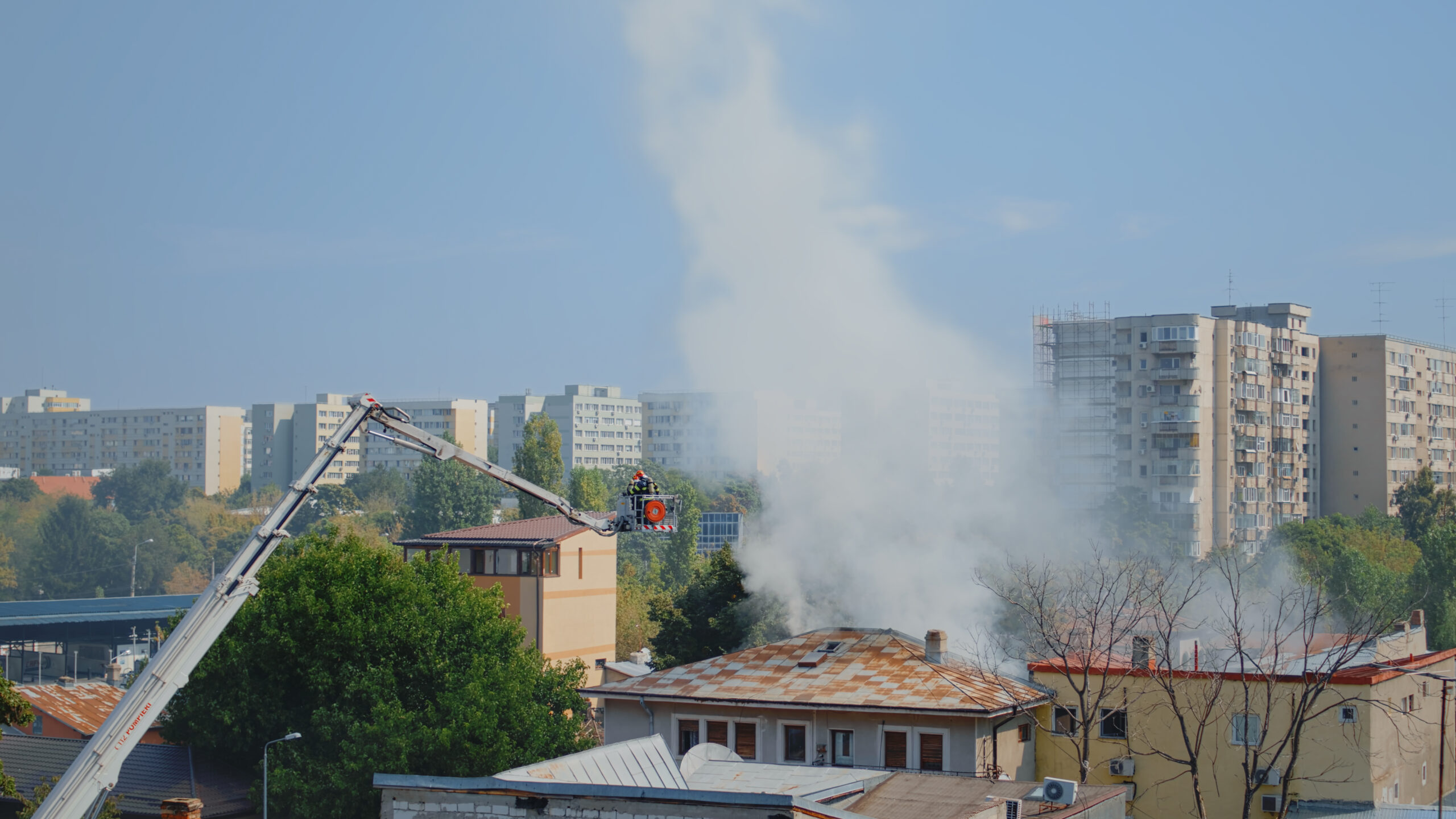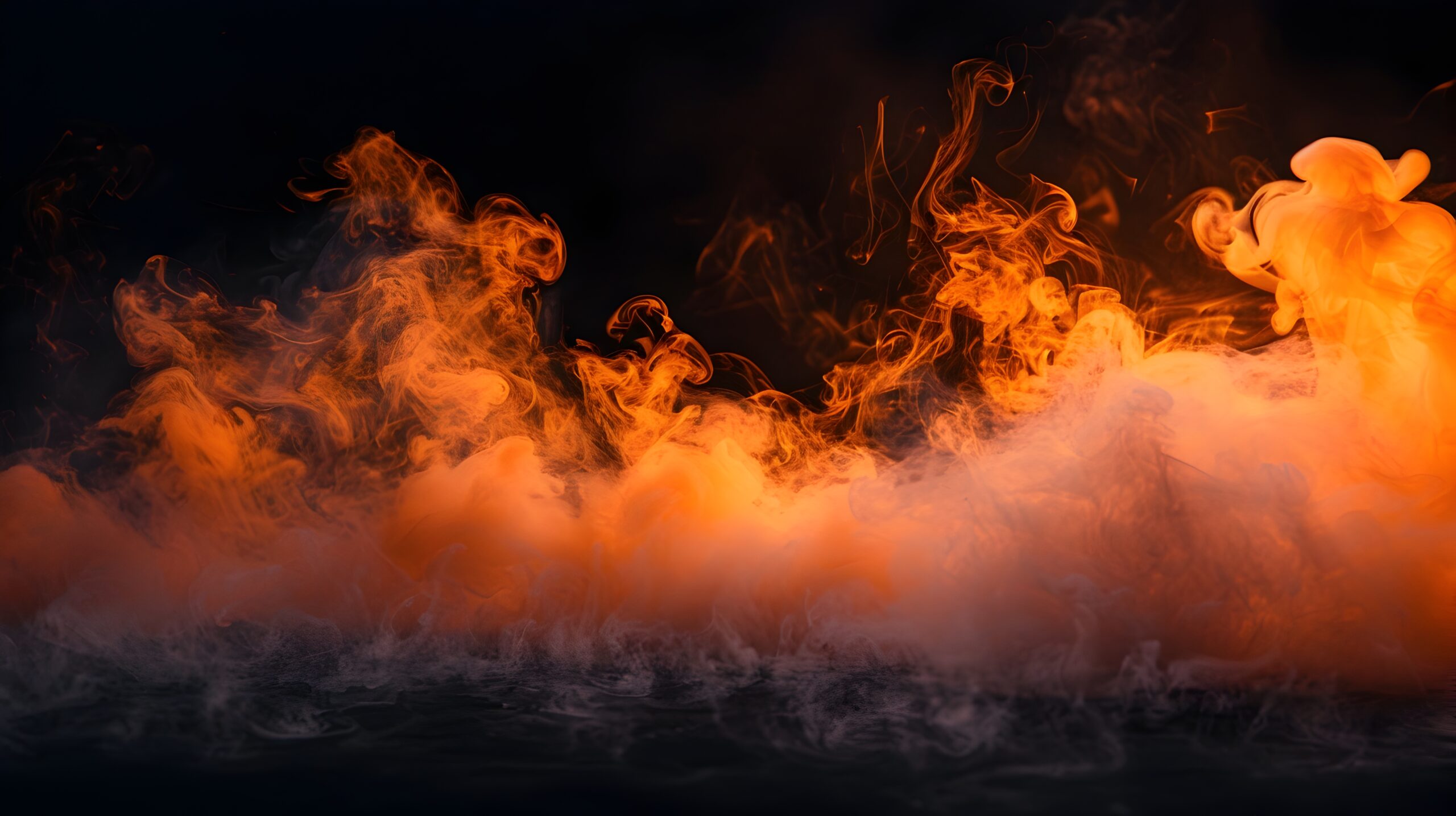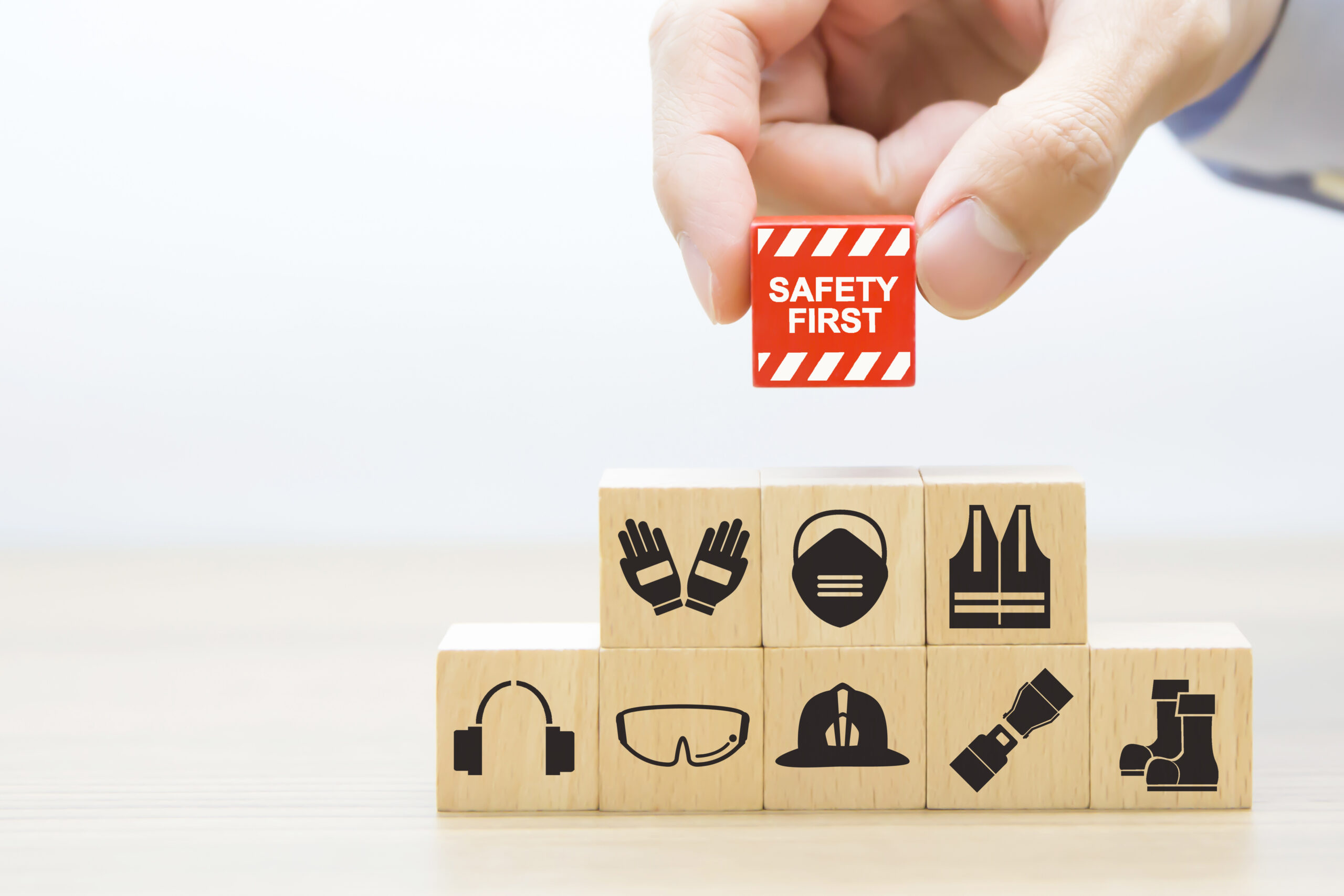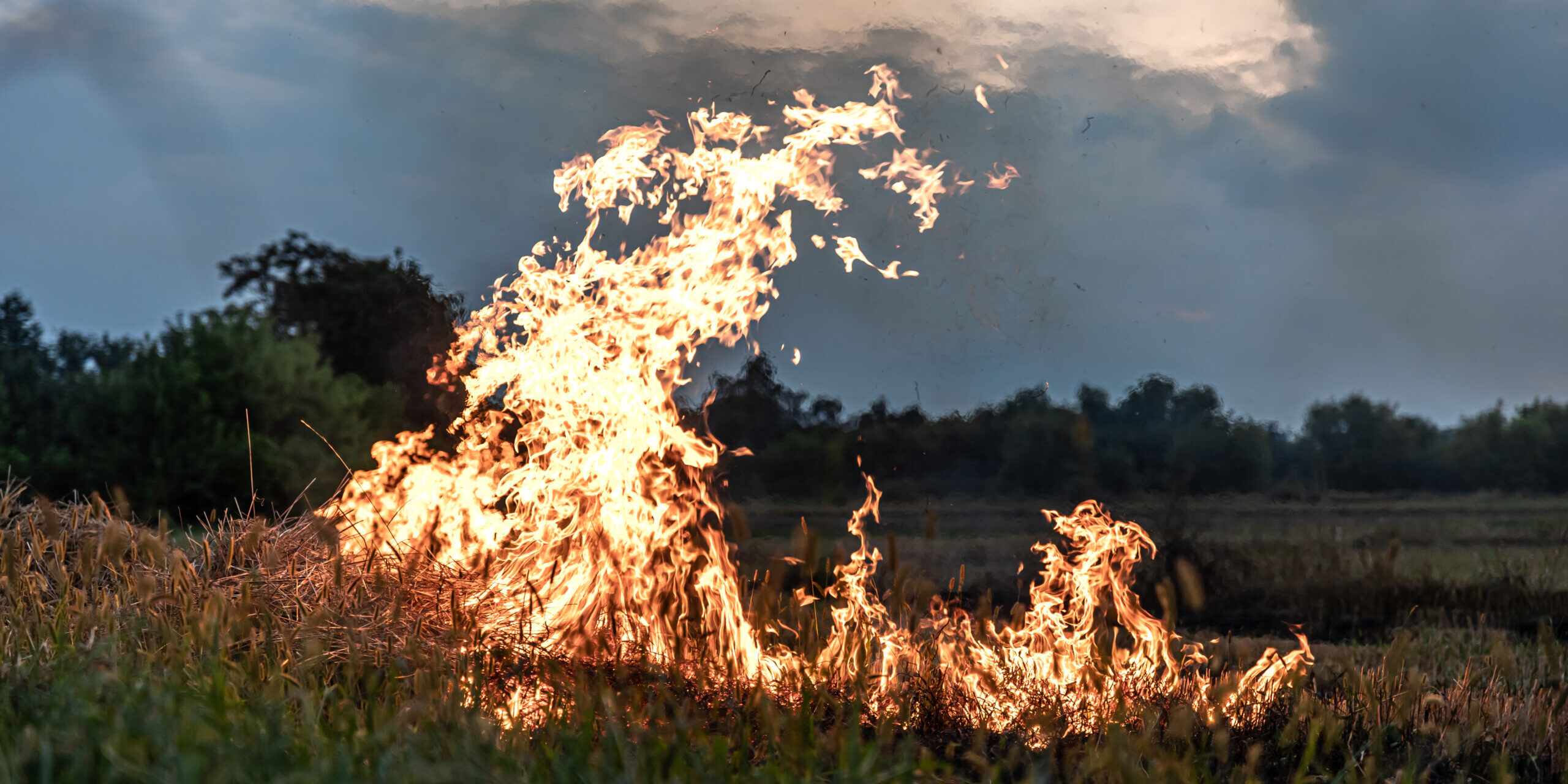Standards Support Fire Safety
By Kathy Hunt
Introduction
Catastrophic wildfires are on the rise, with human activity and natural events like lightning strikes often to blame. In 2024 alone, fires scorched over 46 million hectares in Brazil, affecting around 11 million people, along with 3.6 million hectares in the U.S., and 15 million hectares in Canada during another record-breaking fire season. These fires destroy ecosystems, infrastructure, and public health, with smoke triggering code-red air quality alerts and hospitalisations due to respiratory distress.
According to NASA, the frequency and intensity of extreme wildfires has more than doubled in the past 20 years—fueled by warming temperatures and prolonged drought.

Promoting Fire Safety Since 1904
The Great Baltimore Fire of February 1904 destroyed over 1,500 buildings and led to the creation of ASTM International committee on fireproofing materials. Originally called “Committee P”, it evolved into today’s 623-member group responsible for developing fire hazard and risk-assessment standards for buildings, furnishings, equipment, and transportation systems.
Traditionally, fire safety regulations were prescriptive, but that has shifted over the past 40-odd years toward performance-based evaluations, says Marc Janssens, a vice chair of the committee and 2024 ASTM Award of Merit recipient. These “material flammability standards” in the U.S.—or “reaction to fire tests” internationally—measure ignition ease, heat and smoke release, and other flammability traits.
“Fire safety standards don’t deal with one product alone but a broad range of products. Everything is affected by fire,” says Marc Alam of the Canadian Wood Council. “Because there are so many material interests and so many people involved, these tend to be the most debated standards.”
The Heritage Standard
Over its 120-year history, ASTM’s fire standards committee has published 80 standards, including its oldest—Standard E119, established in 1918—which remains foundational for testing fire resistance.
The standard evaluates the ability of building components like walls, floors, and roofs to withstand fire by measuring heat transmission, flame spread, and smoke or gas production.
While E119 hasn’t drastically changed, it’s regularly updated to stay relevant to modern materials and methods. “E119 is a framework that allows you to test other things that are not specifically outlined, and it gives guidance for those more common elements. Things like roof hatches are not directly specified in E119, but you can test them using E119,” says Herbert Stansberry, chair of the fire resistance subcommittee (E05.11).
Surface-Burning Characteristics
Originally developed by Underwriters Laboratories (UL) in the 1920s and adopted by ASTM in 1961, the standard (/UL 723) measures flame spread and smoke development in building materials. One of the most widely cited ASTM standards in the U.S. building codes, it remains central to fire safety testing.
Managed by ASTM’s subcommittee (E05.22), the standard is undergoing updates, including a revision to the standard test method for surface burning characteristics of building materials (E84). This proposed revision would add an annex section for wood joints in E84. “How and where you position the joints on the test specimen can have a dramatic impact on the performance,” says Tim Earl, president of Earl Code Solutions
Another proposed revision to E84 (WK77776) aims to address ceiling-mounted materials that melt, drip, and ignite on the floor. While testers may note that ceiling flames have stopped, they aren’t required to document ongoing fire on the test’s tunnel floor. The 25-foot Steiner Tunnel, developed by AI Steiner at UL in the 1940s, is used in E84 to assess surface-burning characteristics of building materials. WK77776 would align E84 with UL 723 by reporting floor-flame spread.
Fire safety standards not only enhance safety but also support resilient construction.
Earl notes that E84 was created before modern construction materials like foams and thermoplastics which behave differently under fire. Mounting methods in Section 6 of E84 have served as a workaround to adapt the test. For such materials, building codes often require testing with the specific mounting method defined by E05.

Harmonisation
Several organisations—including UL, ASTM, NFPA, and the International Organization for Standardization (ISO)—develop fire safety standards. To avoid overlap, NFPA and ASTM collaborate to harmonise similar standards, says Mike Luna, president of Priest and Associates Consulting. Without harmonisation, building codes may reference multiple, inconsistent standards, which can lead manufacturers to choose the less stringent option.
Once adopted into codes like the International Code Council’s (ICC) International Building Code, standards become enforceable. Dwayne Sloan of UL Solutions notes that ASTM and UL fire standards, such as E84 and UL 723, are often treated as equivalent in building codes. ASTM’s committees on fire standards like E05 work to keep them closely aligned by sharing updates on test procedures and mounting methods. Sloan added, “When mounting practices are developed at ASTM, then proposals are often made to incorporate those references into UL 723.”

Smoke, Models, and Fire Barriers
In addition to E119 and E84, the fire standards committee oversees key standards like the test method for measuring heat and smoke release using an oxygen consumption calorimeter.
“The calorimeter is a small-scale device that allows us to quantitatively measure the vulnerability characteristics of materials under a range of thermal exposure conditions,” says Janssens. “It was an important breakthrough and a milestone in our ability to do performance-based analysis using computer models to simulate fire growth in a room.”
Future Standards
The subcommittee on external fire sources (E05.14) is advancing several fire safety initiatives, including a test for charring depth in wooden utility poles and a new standard for fire spread on exterior walls of residential (Type 5) buildings.
“This test involves a standardized fire exposure at the bottom of a 16-foot exterior wall assembly. We seek to have a test method that adequately assesses this flame travel on the exterior of buildings. We want to mitigate the hazard of fire propagating quickly up the wall or into a home’s attic space.” says Dwayne Sloan.
The subcommittee also updated E108, the standard for roof covering fire tests, which measures flame’s surface spread, fire penetration resistance, and the likelihood of producing flying burning materials under a 12 mph (5.3 m/s) wind condition.
Driven by increasing wildfires in the U.S. West Coast, the committee is prioritising Wildland-Urban Interface (WUI) standards. The changes will lead to updated building codes and innovative materials that demand revised testing protocols, Mike Luna says.

Ultimately, the committee’s mission is life safety. Everything E05 does focuses on ensuring fire standards address real risks, protect lives and prevent unsafe materials from being used, says Herbert Stansberry.


